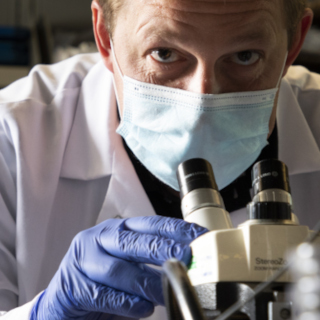Animal Research (IACUC and LAR)
The University of Montana Institutional Animal Care and Use Committee oversees all animal care and use activity at the University. Care and use of animals for teaching or research purposes are the most common activities. The Department of Lab Animal Resources (LAR) provides the necessary services and information for proper, humane care and use of animals whether for wildlife studies, biomedical research, instructional purposes, or other venues.
IACUC Resources and Information:
Animal Use Training is a primary function of the IACUC. Follow the hyperlink for further information on this training and other resources, including the essential Animal Use Protocol (AUP) Application.
Additionally, there are a wide variety of IACUC Forms, the specifics of which of course determined by your research. These will be complemented and informed by our Policies and Guidelines.
USDA Pain and Relief Categories
All vertebrate animals used in research, per federal regulations, must be designated an appropriate pain or distress category. The chart below outlines these categories and a few of the examples for each. If you are unsure as to which category to assign your animals, please contact the IACUC veterinarian or the IACUC Manager.
Category B
Breeding or holding colony protocols
Category C
No more than momentary or slight pain or distress and no use of pain-relieving drugs, or no pain or distress. For example: euthanatized for tissues; just observed under normal conditions; positive reward projects; routine procedures; injections; and blood sampling.
Category D
Pain or distress appropriately relieved with anesthetics, analgesics, and/or tranquilizer drugs or other methods for relieving pain or distress.
Category E
Pain or distress or potential pain or distress that is not relieved with anesthetics, analgesics and/or tranquilizer drugs or other methods for relieving pain or distress.
To Access Approved AUPs:
- Approved Animal Use Protocols are available in BOX
- Contact IACUC@mso.umt.edu for access.
